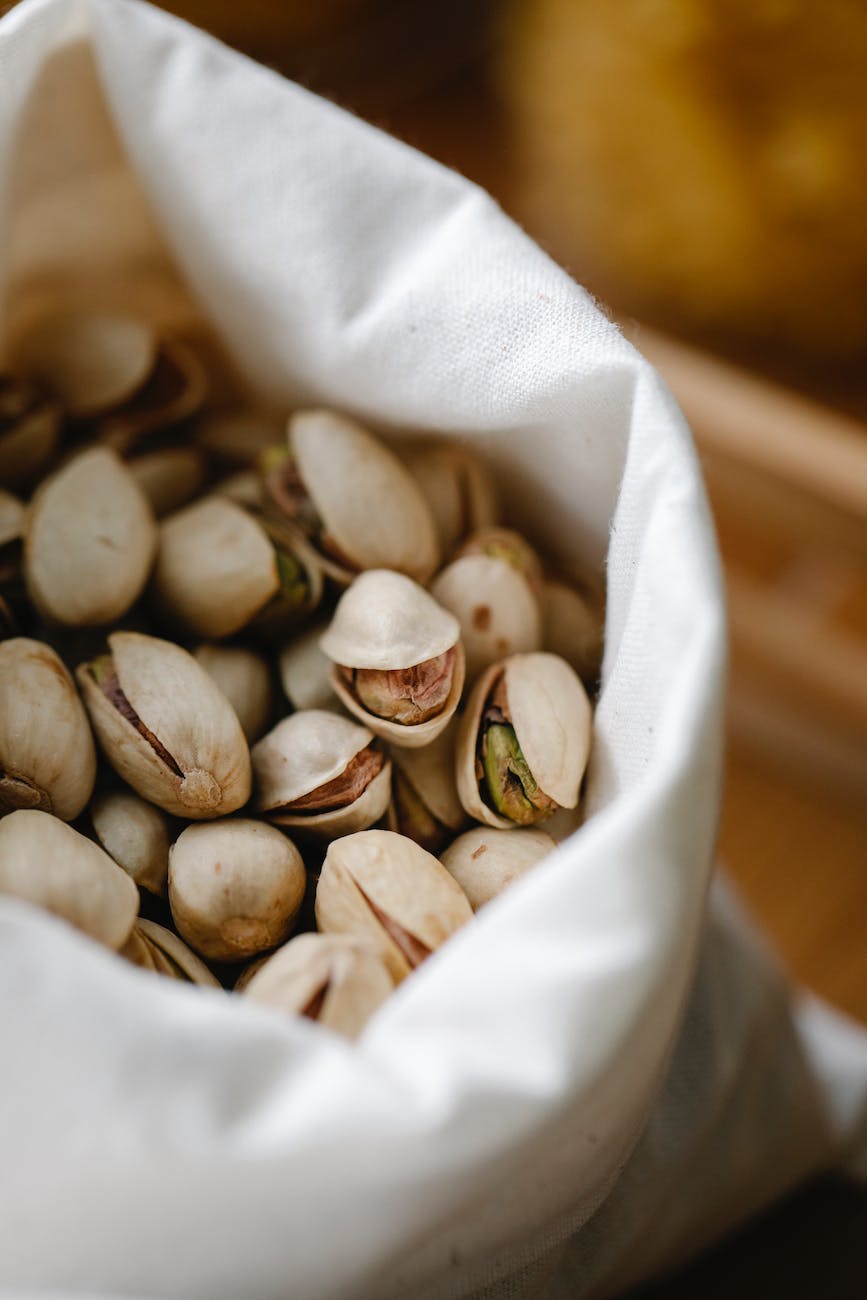
1. Introduction
Eggs, cherished by cultures worldwide, are not just a breakfast staple but a nutritional powerhouse. Their versatility in culinary dishes is matched by their rich nutrient profile. But with so many opinions floating around, how often is it truly safe to indulge in them? Let’s dive deep into the world of eggs and daily consumption.
2. The Nutritional Profile of Eggs
– Protein Powerhouse
Each egg is a source of high-quality protein, essential for muscle building, tissue repair, and overall body function. An average egg contains about 6 grams of protein.
– Vitamins and Minerals Galore
Eggs are teeming with vitamins A, D, E, and B12. They’re also a source of essential minerals like iron, selenium, and zinc, crucial for immune function, DNA production, and maintaining healthy vision.
– Cholesterol Content: The Big Debate
Yes, eggs do contain cholesterol, but it’s essential to understand that dietary cholesterol has a minimal impact on blood cholesterol for most people. The liver produces cholesterol daily, and when we consume foods high in cholesterol, the liver adjusts its production.
3. The Daily Egg Dilemma: Is It Safe?
– For the Average Joe and Jane
For most individuals, consuming an egg a day fits comfortably within dietary guidelines and can be part of a balanced diet.
– Heart Health and Eggs
Contrary to past beliefs, recent studies suggest that moderate egg consumption doesn’t significantly increase the risk of heart disease in healthy individuals.
– Diabetes and Daily Eggs
While eggs offer numerous health benefits, some research indicates a potential link between daily egg consumption and an increased risk of type 2 diabetes. It’s always a good idea to consult with a healthcare professional if you’re at risk.
4. How Many Eggs Are Too Many?
– The Single Egg Theory
Most health organizations agree that one egg per day is safe for the average person, providing essential nutrients without overloading on cholesterol.
– Doubling Up: Two Eggs
Some people can safely consume two eggs daily, especially if they’re active or require more protein. However, it’s crucial to consider other dietary sources of cholesterol and saturated fat.
– Personal Factors to Consider
Your age, genetics, overall diet, and health status play a role in determining your ideal egg intake.
5. The Culinary World of Eggs
– Boiled to Perfection
Whether you prefer them hard or soft boiled, eggs make for a nutritious snack or meal addition.
– Scrambled, Fried, or Omelette
These methods are popular for breakfast. However, be mindful of the oils, butters, and toppings you add, as they can quickly increase calorie and fat content.
– Just the Whites
For those particularly concerned about cholesterol or calories, egg whites offer a lean protein option, devoid of cholesterol and with fewer calories than whole eggs.
6. Beyond the Expiry Date: Are Those Eggs Still Good?
– Best Before vs. Expiration Date
“Best before” is about optimal quality, while “expiration” suggests the last safe consumption date. Eggs can often be consumed a few days after the “best before” date if stored correctly.
– The Float Test for Freshness
A simple test: place an egg in water. Fresh eggs sink, while older ones float. If it floats, it’s best to discard it.
– Sensory Checks
Always trust your senses. If an egg has an off smell, unusual appearance, or odd texture, it’s best to err on the side of caution and not consume it.
7. Special Considerations
– Pregnancy and Eggs
Eggs are a beneficial protein source during pregnancy, but they should always be fully cooked to avoid potential bacteria.
– Egg Allergies
While rare, some individuals might be allergic to eggs. Symptoms can range from mild rashes to severe anaphylactic reactions.
8. Frequently Asked Questions (FAQs)
- How do eggs impact cholesterol levels?
- For most people, dietary cholesterol from eggs has minimal impact on blood cholesterol. However, it’s always best to monitor and consult with a healthcare professional.
- Can I eat eggs if I’m trying to lose weight?
- Absolutely! Eggs are a satiating source of protein that can help control appetite.
- Do eggs increase the risk of heart disease?
- Recent research suggests that moderate egg consumption does not significantly increase heart disease risk in healthy individuals.
- Are brown eggs healthier than white eggs?
- The color of the eggshell doesn’t determine its nutritional value. It’s more about the hen’s breed. Nutritionally, both types of eggs are similar.
- Is it safe to eat raw eggs?
- Consuming raw eggs carries a risk of salmonella infection. It’s always safer to eat cooked eggs.
Blog Tags: Eggs, Daily Consumption, Nutrition, Cholesterol, Heart Health, Diabetes, Boiled Eggs, Scrambled Eggs, Egg Whites, Expiry Date, Pregnancy, Allergies.













